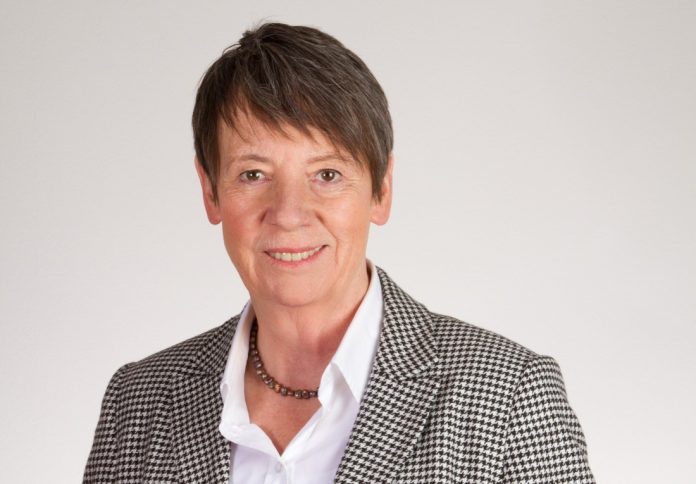Germany’s ambitious 2050 Climate Action Plan is now well underway, as Open Access found out from Federal Environment Minister Barbara Hendricks
Germany is pressing ahead with climate reduction targets following the Paris meeting at the end of 2015. Through their Climate Action Plan 2050, the German government is committed to reducing greenhouse gas emissions and contributing to the overall EU target.
In April last year, Federal Minister for the Environment Barbara Hendricks outlined to Open Access Government how their previous plan, the Climate Action Programme 2020, highlighted Germany’s commitment to reducing the impact of climate change. In 2007, the government set a goal to reduce greenhouse gases by at least 40% by 2020, which is seen as an ambitious target.
Speaking to AG, Federal Minister Hendricks said: “Projections published in 2013 show that with measures adopted and implemented so far, Germany would achieve a reduction of around 32 to 35% by 2020.”
The Climate Action Plan 2020 was adopted in December 2014 to ensure that the remaining 5 to 8 percentage points were achieved. The 2050 Action Plan, adopted in November 2016, is a follow on from the 2020 Plan in light of the Paris Agreement. The government intend to update the 2050 Action Plan regularly to monitor whether the adopted actions are effective.
Aiming for GHG neutrality
The 2050 Plan is said to be the first government document which maps out a route for extensive greenhouse gas neutrality in Germany. The plan is based on the guiding principle of extensive greenhouse gas neutrality by the middle of the century. It is also said to reinforce the overall target for 2030, namely a greenhouse gas reduction of at least 55% compared to 1990. For the first time, this overall target has been broken down for individual sectors, which helps to provide clear guidance for all. Minister Hendricks commented that this particular Action Plan (2050) reveals what implementing the Paris Agreement means for Germany.
She said: “We are consciously thinking ahead to 2030 and 2050 now, to ensure that all stakeholders have enough time to respond to the new challenges. It is important to me that by taking action early we avoid structural breaks. By laying the right foundations now, we can make climate action the driver behind the modernisation of our economy.
“This will create jobs and strengthen our role on the global market. This Climate Action Plan is something we can be proud of at an international level. We will be following the guiding principle of extensive greenhouse gas neutrality by the middle of the century. For the first time, we have defined target ranges for individual sectors.
“As of today, no one can fool themselves into thinking that climate action only affects others. I firmly believe that this plan is a historic turning point for climate policy in Germany. Several ministries have been constructively involved in the drafting of the plan and will be making important contributions. I would like to express my gratitude to them for their cooperation.”
The 2050 Climate Action Plan in action
Action programmes such as these are crucial in order for countries to contribute towards EU targets and bring down greenhouse gas emissions. Within various sectors, the German government hopes to see reductions across a number of key areas. For example, a reduction in buildings-related emissions is expected to be achieved at a rate of 66-67% by 2030, and a 40-42% reduction in the transport sector is expected by the same year.
In order to reach this target for the transport industry a series of strategies have been planned, which include a climate strategy for road transport. The government have outlined how alternative drive technologies, public transport, rail transport, cycling, walking and a digitalisation strategy will also play an important role in this.
With regards to agriculture, Germany are aiming to significantly reduce nitrous oxide emissions from over-fertilisation. Further to this, Germany will advocate in Brussels that EU agricultural subsidies take EU climate policy decisions into account. A reduction of 31-34% is expected within this sector by 2030, compared to 1990 levels.
A reduction target of 49-51% has been set for industry, and the government is set to launch a research, development and market introduction programme in order to achieve this. The aim of the programme will be to reduce climate-damaging emissions from industrial processes that are currently considered unavoidable.
Minister Hendricks added: “The Climate Action Plan provides individual branches of industry with a concrete framework for strategic decisions in the coming years. I am confident that these prospects will inspire great creativity and innovative energy.
“The Climate Action Plan provides guidance that businesses, trade unions, the scientific community. The creative industry and also politicians can and will use to make Germany more climate-friendly by the middle of the century.”











